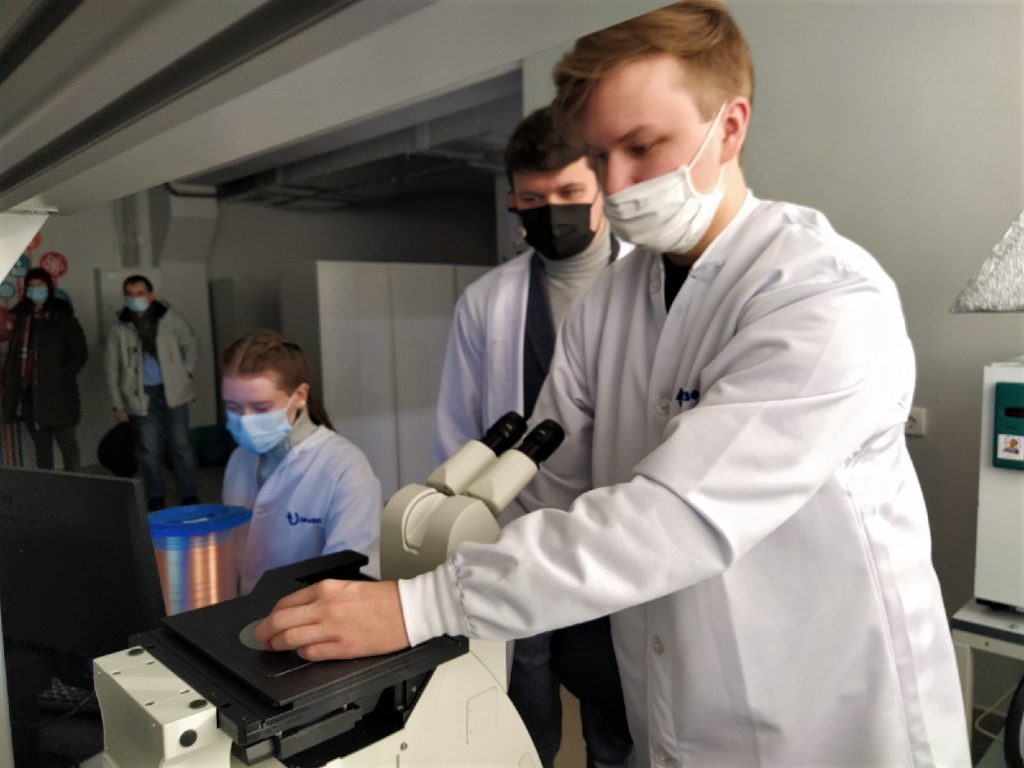Scientists Unite to Globally ‘Shape’ Weather
In less than 40 years, we will be able to control and analyze the weather – combining photonic technology and quantum computers, like preventing storms with a laser, say experts from the “Photonics” NTI Competence Center at Perm State University.
Making weather forecast more accurate and ‘local’? Possible, using optical sensors across the globe! According to the Laboratory of Integral Photonics at PSU, incorporating the Bragg gratings into such sensors will increase their response to changes in temperature, humidity and ambient pressure. The use of fiber-optic communication lines will help transmit a tiny parameter change via optical signal to data processing centers – to have these data calculated and interpreted through quantum computers.

“By combining photonics and quantum computing technologies, we will be able to control various disasters or cyclones with greater precision. To implement that, we will have to create a new element-component base using photonic technologies, including photonic integrated circuits,” says Valery Kozhevnikov, expert at the Photonics NTI Competence Center, research engineer at the Integrated Photonics Laboratory, PSU. One of the Center’s projects concentrates upon making the platform to design and manufacture photonic integrated circuits, based on hybrid technology.
The principle task of constructing a climate and weather model is, among others, making calculations and building predictions out of incomplete or scattered initial data. The final forecast will be available for a download. As a result, we will enjoy a global network that monitors the weather at every single square mile or kilometer – just like buoys in the ocean or sea monitor water levels.
With ultra-short laser pulses passing through the atmosphere, it is also possible to stimulate precipitation in dry areas or wide distance fires. In 2021, the scientists from Switzerland have already used a laser lightning rod – the new method, which unlike the classical ones, does not cause electromagnetic interference, hence the protection of electronics from possible interference.
The photonic integrated circuits will be extensively introduced in Russia by 2035.
Photonics is a dynamically developing area in science and technology, adjoining optics and electronics. Photonics uses photons rather than electrons to transmit data compared to electronics, introducing revolutionary change into entire industry. The solutions offered by photonics allow to increase the speed of information transfer and processing, reduce power consumption and provide a higher margin of competitiveness over electronic counterparts.
Today, photonics is a developing high-tech industry, which annual income from the sale of devices and systems exceeds any bold expectations. While in 2019 the photonics market was valued at $ 686.86 billion, it is now expecting to reach $ 1080.3 billion by 2025.
